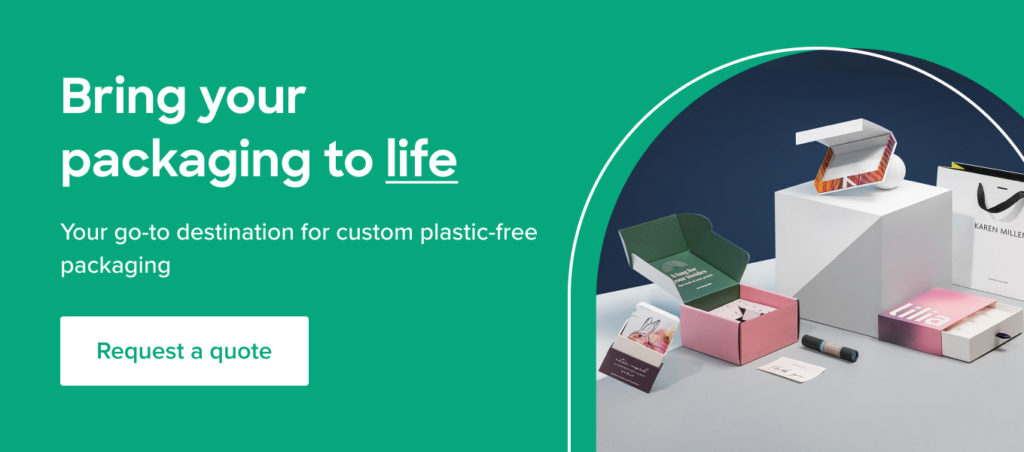Table of Contents
In recent years, consumers, companies and even governments are now beginning to realize the importance of utilizing sustainable packaging. With the increasing demand for more packaging due to the booming e-commerce market, there is no argument that traditional packaging is significantly more harmful to our environment.
Energy-intensive manufacturing processes, the release of toxic chemicals and an increasing amount of packaging waste being littered into the oceans or ending up in landfills are a compounding problem that needs a solution. And though adopting sustainable packaging is a step in the right direction, more needs to be done. Indeed, on paper, sustainable packaging is less impactful to the environment, but there are still impacts that we might not realize.
Even with newly developed technologies and innovations allowing for more eco-friendly options, consumers, companies, and governing bodies need a concerted effort for real positive change. Sustainable packaging is a good start, and using diverse, sustainable methods is critical, but it can’t stop there. And to prove this point, we will dive into the environmental impacts sustainable packaging can still cause on our planet.
What Exactly is Sustainable Packaging?
Sustainable packaging refers to the aspects of a package like the sourcing, development, manufacturing, use and disposal that should have minimal environmental impact and footprint.
In other words, sustainable packaging needs to be eco-friendly so that it doesn’t contribute further to the severe impacts of traditional packaging.

As outlined by the Sustainable Packaging Coalition (SPC), there are eight criteria’s that a package needs to be considered sustainable:
- It is beneficial, safe and healthy for individuals and communities throughout its life cycle.
- Meets market criteria for performance and cost.
- It is sourced, manufactured, transported and recycled using renewable energy.
- Optimizes the use of renewable or recyclable source material.
- It is manufactured using clean production technologies and best practices.
- It is made from materials that are eco-friendly throughout its life cycle.
- It is physically designed to optimize materials and energy.
- It is effectively recovered and utilized in a biological and industrial circular economy.
However, though these criteria are a great guideline to define sustainable packaging, the truth is that many available sustainable packaging solutions don’t always meet some of the above criteria. No, this doesn’t mean that businesses shouldn’t adopt sustainable packaging — it is still better than traditional packaging in terms of eco-friendliness.
Businesses should be aware of these shortcomings and need to take additional measures to ensure the effective implementation of their chosen sustainable packaging solution. Because by itself, sustainable packaging cannot always do what it is intended for. Proper initiatives, education and total commitment from consumers, businesses and governments are required.
With this in mind, let us look deeper.
The Truth About Sustainable Plastic Packaging
As plastic is one of the most common and pervasive materials we see daily, let’s start by comparing traditional plastic and bioplastic.
We, as a society, produce over 430 million tons of plastic annually. Two-thirds of which are one-time use or short-lived products that are either littered into the ocean or improperly disposed of in landfills, where it will take hundreds of years to break down entirely. Even then, plastics will leave behind toxic chemicals that further harm the environment.
But of these 430 million tons of plastic produced, approximately 36 percent of it is used in packaging, making the packaging industry the largest generator of single-use plastic waste worldwide. Furthermore, to add more pollutant fuel to the fire, plastic is one of the most energy-intensive manufacturing processes in the world. Plastic is made by burning fossil fuels like crude oil at high temperatures while inputting additives to transform it into a polymer.
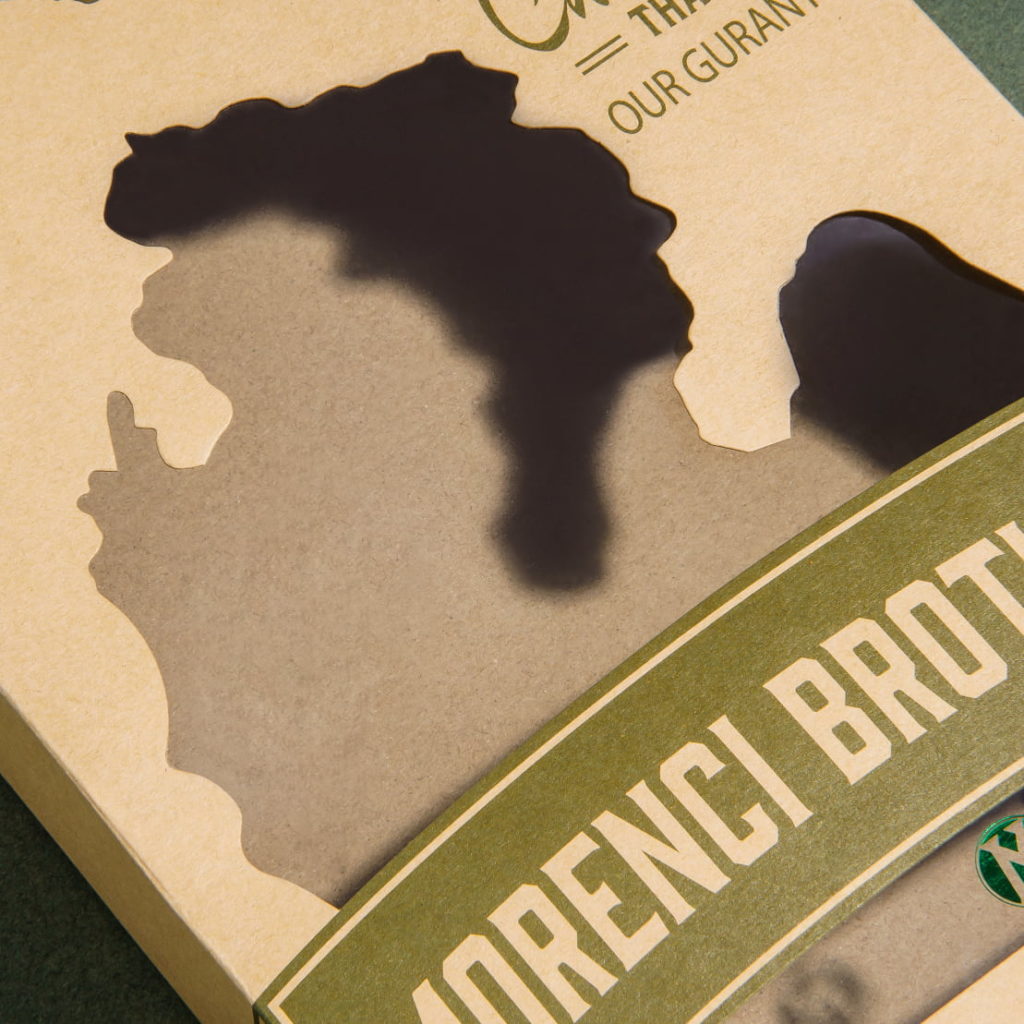
This process alone generated 1.8 billion metric tons of greenhouse gas emissions in 2019, or 3.4 percent of the global total.
So now that you understand the massive damage traditional plastics are causing to our environment, how do bioplastics fare? Instead of fossil fuel resources used in traditional plastics, bioplastic resources originate from renewable biomass like vegetable fats, plant starches or wood fibers.
Bioplastics fall into two categories: PLA (polylactic acids) and PHA (polyhydroxyalkanoates). PLA is made by fermenting ingredients like cornstarch or sugar cane. It is commonly found in food packaging, clothing, cosmetics and home furnishing and is more brittle and does not hold well to heat compared to regular plastic. PHA is created and stored by bacteria when fermenting sugar or fats. It can withstand more heat than PLA and is commonly found in food packaging, agricultural products and medical devices.
But while bioplastics certainly meet the SPC criterion of sourcing raw materials from renewable sources, which is still a significant improvement over traditional plastics, there are still many drawbacks.
First of all, making bioplastic is still a very energy-intensive process. Sure, it is less energy-intensive than traditional plastic, but that doesn’t mean it isn’t energy intensive! A high amount of water and energy is required to create bioplastic.
Secondly, many bioplastics are not biodegradable and need special facilities that are not always readily available or implemented. If bioplastics enter a landfill, like their traditional counterparts, the same environmental damage is caused! Bioplastics can also contaminate other recyclable plastics if improperly disposed of and act like regular plastic if it ends up in the ocean. And though bioplastics can emit fewer carbon emissions than plastic under the right conditions, it requires systematic change, infrastructure and proactive initiative, which has yet to be readily available. More on this later.
Overall, bioplastics can reduce environmental impact, but the adverse effects are still high. As we said before, sustainable packaging is not the end solution but a step towards it.
Examining Other Sustainable Packaging Alternatives
It is not just bioplastics that still have an environmental footprint, but other sustainable options as well.
Glass Packaging
Glass is an example of an endlessly sustainable resource if proper infrastructure and moderated sourcing are in place. It is infinitely recyclable, long-lasting and requires less energy to recycle than manufacture.
However, as with bioplastic, it is not a permanent end-solution. The fact is that glass also takes a lot of resources and energy to manufacture. It actually requires more resources than plastic and requires a massive amount of sand to be dredged up from coastal habitats. And like plastic, glass is often not appropriately recycled, ending its life cycle in a landfill or as litter, where it takes up to one million years to decompose!
Again, glass is an excellent way to reduce environmental impact, but we cannot switch to this packaging and think everything will be solved.
Aluminum Packaging
Aluminum is another infinitely sustainable source hampered by infrastructure and human behavior. Aluminum is known as the green metal because of its sustainability and infinite reusability in a circular life cycle economy. Recycling aluminum saves 95 percent of the energy required to manufacture new aluminum products, which has a substantial positive impact! But for this eco-friendly metal to work, it absolutely requires recycling. Unfortunately, in 2018, the recycling rate for aluminum cans was only around 35 percent.

Once again, global initiatives and proactivity are required to make this a sustainable option. Manufacturing aluminum cans is an energy-intensive process that releases harmful emissions and caustic sludge that may contain traces of radioactive elements. Aluminum is an excellent sustainable material if appropriately recycled and reused, but the manufacturing process is an environmental nightmare that needs to be addressed.
Paper-based and Paperboard Packaging
Paper and paperboard are in a similar boat.
Though recent technologies have streamlined processes and eliminated toxic wastewater produced during manufacturing, intensive chemical and mechanical processes are still involved, resulting in harmful air emissions like carbon monoxide and nitrogen oxides. Even when approximately 68% of paper and paperboard are recycled in the United States annually, the highest among solid waste materials, other factors are in play that affect sustainability.
42% of all wood harvested globally is for making paper. With an increasing demand for packaging, is this truly a sustainable option? Deforestation is already a global concern, but the need for more paper might exacerbate the situation. Even other sustainable alternatives to tree-based paper, like hemp and bamboo, require land and resources to grow, collect and harvest, which leads us to our next topic.
The Impact of Paper and Plant-Based Eco-Friendly Packaging
We briefly touched on the topic of adverse land usage and harmful environmental effects on habitats with glass and paper packaging materials, but it is worth going into more detail. Many factors are still at play with sustainable packaging, and it is crucial to cover all bases for a complete picture of where we stand regarding environmental sustainability.
Plant-based sustainable packaging can seem like a great alternative when compared to plastic and other materials that require energy-intensive and often heavily pollutant manufacturing processes. Yes, like all other sustainable alternatives, plant-based packaging does have its benefits. However, many people must consider the land requirements needed to meet rising demands.
Crops need land to grow, and land is also a valuable finite resource. People often need to remember that extensive swathes of land are required to grow crops such as corn, hemp, and bamboo to meet the packaging demands of an ever-growing market. Not to mention the taxing demands from other industries for the same crops, relying solely on plant-based alternatives might cause more harm than good.
Typical industrial agriculture practices like extensive fertilization, pesticide utilization and monoculture are detrimental to soil health, the surrounding ecosystem and animals. And with the demand for crops increasing, even more land will need to be allocated to meet such demands.
But where does this land come from? Do we tear down parts of a city to make room for more farmland? The obvious answer is no.
Industrial Farms Destroy Natural Habitats
New farmland is created by converting natural habitats, forests or any other untouched lands by humanity. Habitat destruction is the number one threat to animals around the globe, and the expansion of farmland is not helping. Plants and animals need space to live, grow and breed. When this space becomes endangered and insufficient, it may result in a drastic population plummet, which in some cases, is irreversible. Even the loss of untouched soil is causing significant environmental effects.
For example, let us look back at the bioplastic usage of corn. Corn is typically grown for food, but it can now be used to produce PLA bioplastics, further increasing demand for this crop. With corn being an extensively and industrially grown crop in North America, much land is required for corn fields.
Habitats such as great plains, prairies and grasslands are typically used for this, and this is where the problems begin to arise. Untouched soil naturally stores and remove harmful carbon emissions from our atmosphere. Depending on the location, soil can store different amounts of carbon, but the fact remains that it can remove about 25 percent of the world’s fossil fuel emissions per year.
However, since almost half of the land capable of supporting plant life is converted to farmland, the soil has lost about 50 to 70 percent of its previously held carbon. As it stands, current agricultural practices such as tilling, monoculture planting, and extensive use of pesticides and fertilizers have exposed the soil’s stored carbon, allowing it to burn off in the atmosphere and contribute to greenhouse emissions.
Bamboo and sugarcane, touted as sustainable materials, are no different if processes are not monitored, enhanced and ethically performed.

Satellite images of South America — where over 40 percent of the world’s sugarcane is grown — have revealed that in 2020, over 90,000 fires happened in the Amazon rainforest. Many of these fires were attributed to the expansion of pastures and fields.
Fast-growing bamboo still needs to be monitored too. Along with being the primary food source of pandas, growing bamboo industrially requires clearing endangered forests, which decreases the health of our finite land resource.
Know the Source of your Sustainable Packaging Materials
Paper and plant-based packaging are excellent substitutes for plastic, but biodiversity and awareness are required to prevent unintentional environmental harm. Speak with your suppliers and know exactly where your materials are coming from.
Materials sourced from farmlands bordering or overlapping endangered habitats are a big red flag. If your current supplier is unwilling to disclose the source of their materials, it might be time to find a new supplier! But awareness, monitoring and change don’t end with ethically sourcing raw materials. As we said earlier, a concerted effort across the board is required.
How to Mitigate the Environmental Impact of Manufacturing Sustainable Packaging
Changes and monitoring of the manufacturing process are just as essential to curb the negative environmental impact of sustainable packaging. We revealed earlier that many sustainable packaging still requires energy-intensive manufacturing and complex processes, which can be counter-productive to an eco-friendly alternative.
Manufacturing sustainable materials like glass require the combustion of fossil fuels, which results in sulfur and nitrogen oxide emission. Mixing these emissions with water and sunlight causes acid rain.
In addition, the melting of materials to create glass also produces harmful particulates like lead and arsenic. Aluminum, as mentioned earlier, produces caustic and possibly radioactive sludge when manufactured. With current technologies, entirely removing the harm of manufacturing these products might not be possible, but there are ways to mitigate and reduce these effects.
Frequent energy and water audits can help manufacturing companies know the stress points in their manufacturing methods. Though manufacturing can inherently be energy-intensive, these audits will help reduce energy expenditure and streamline processes. Water audits also help reduce wastewater and can help manufacturers find ways to conserve and reduce water usage.
Recycling and reusing waste is another great way for manufacturers to contribute to a healthier planet. Like with the manufacturing of paper and paperboard, advancement in technology has allowed the reuse of toxic wastewater, eliminating this environmental hazard from the manufacturing process! Frequently, manufacturers only require one part of a resource while the rest is disposed of. Processes must be implemented to use these wasted resources or removed from the manufacturing process altogether
Using renewable energies that are replenished naturally, like solar, wind, rain, tides, biomass and geothermal heat, are another excellent way for manufacturers to stay eco-friendly. Many states now offer tax breaks and incentives for businesses to do this too!
Finally, updating equipment and machinery will also help improve eco-friendliness. Outdated equipment and machinery utilize more energy than newer innovations. Switching to more recent technologies can significantly reduce energy consumption, and waste reduction is also possible with automation further streamlining processes.
The Need for Better Infrastructure and Proactivity
The final piece of the puzzle we will examine is the disposal process of traditional and sustainable packaging. The hard truth is that there is insufficient infrastructure and proactivity for the disposal of sustainable or traditional packaging.
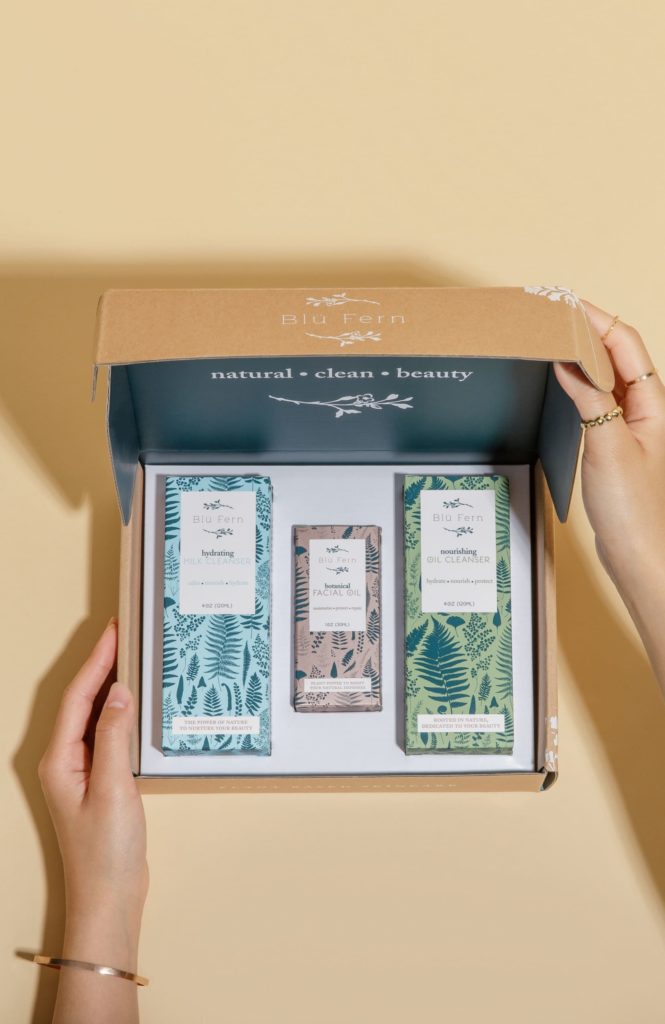
Worldwide plastic waste has doubled since two decades ago, but the plastic recycling rate still needs significant improvement. Recycling is one of the best eco-friendly things to do, but globally, only 9 percent of plastic waste is recycled, while 22 percent is mismanaged, littered and ends up in the ocean. The rest end up in landfills or incinerated, which is still not an ideal outcome.
Plastic takes hundreds of years to break down in a landfill and releases toxic chemicals when they do. International cooperation and proactivity are required to improve these numbers, but the world is just not there yet. Bans and taxes on single-use plastics are present in over 120 countries, but more is needed. Most regulations only apply these bans and taxes on plastic bags, which is only a drop in an ocean of environmental impact. Landfill and incineration taxes, which would incentivize recycling, are also very rare.
However, incineration of waste and converting it to energy somewhat mitigates this. Though incinerating waste and converting it to energy is not the cleanest way to create energy, it is worth pointing out that more sustainable methods are becoming available in this area.
Waste-To-Energy Processes
Waste-to-energy, as the name clearly indicates, is the process of converting waste into energy.
Currently, the most common way of doing this is via incineration, but other waste-to-energy methods include:
- Gasification heats waste at high temperatures without incineration or combustion to create syngas.
- Fermentation and Distillation involve using organic waste and biomass to create alternative fuels for engines.
- Anaerobic Digestion involves using microorganisms to break down biomass in an oxygen-free environment to produce biogas high in methane, which can be used as a fuel source to create electricity.
Waste-to-energy is better than leaving waste in landfills without tapping into the available energy, but these methods are only a band-aid solution. Waste-to-energy processes cause high carbon dioxide emissions, one of the most notable greenhouse gases, and disincentivize the much more environmentally friendly option of recycling.
However, since many waste-to-energy plants are classified as “renewable energy,” uninformed businesses and governments may opt for this method instead of looking for better ways to protect the planet. So though there is a push for sustainable packaging, a push for better waste management infrastructure and procedures is also needed.
After all, the insufficient infrastructure doesn’t just apply to plastic waste and less-than-ideal waste-to-energy solutions.
Sustainable Packaging is Still Harmful if Disposed of Improperly
Many sustainable packaging alternatives currently available were designed to reduce the impact of improper disposal. However, this usually only works when the methods are done correctly, or conditions are just right. Biodegradable and compostable packaging, for example, are designed to break down faster and leave minimal to no traces of harmful chemicals when they do, but this is not always the case.
By definition, biodegradable packaging is sustainable packaging that breaks down faster when disposed of. Biodegradable packaging is commonly made from paper, paperboard or bioplastics and should break down without a trace. And though a good amount of this packaging does what it claims to do, some biodegradable packaging can still leave harmful traces when dumped in a landfill and broken down.
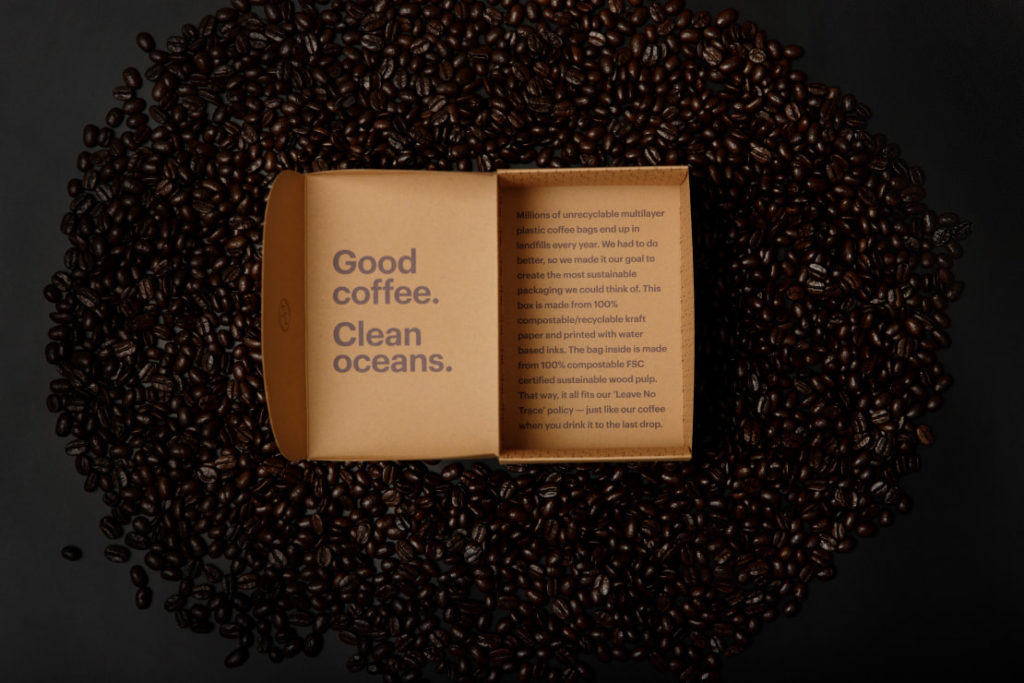
Microplastics are just one harmful trace that scientists are beginning to understand the actual environmental impacts of. They are small particulates that result from the disposal and breakdown of plastic waste, and bioplastics are no exception. Microplastic concentrations are everywhere. They are in the ocean, in the air and on the land. Studies even found microplastics in our tap water!
In the ocean, microplastic is often mistaken as food and can cause behavioral problems, neural toxicity and slow growth in marine life. On land, microplastics contaminate the soil and are toxic to earthworms, snails and nematodes that help keep soil healthy. Animals that drink from water sources contaminated by microplastics are also at risk of reduced health functions, compromised hormone systems, restructuring of gene cells and biochemical reactions. And all of these negative environmental impacts blowback to humans. We also drink, eat and inhale microplastics without even realizing it.
But though researchers are still studying the effects of microplastics on the human body, if it’s toxic to a swathe of other living organisms, it is most likely harmful to humans. Scientists suspect that microplastics can affect our immune system and cause DNA damage, among other suspected effects. And though this all seems very bad, compostable packaging doesn’t fare much better without the right conditions.
Proper disposal facilities and conditions are required to reap the benefits of compostable packaging fully. Some compostable packaging can be disposed of properly at home, but many require industrial composting facilities that are not widely available or easily accessed. If disposed of improperly, compostable and biodegradable packaging can be just as bad as traditional plastic, so implementing better infrastructure and educating the general population is critical!
What Can You Do To Contribute To Greener, Sustainable Packaging and Waste Management?
Now that you have a bigger picture of the many factors behind sustainable and traditional packaging, there is much to digest and consider. We hope this information is not a deterrence to adopt sustainable packaging as sustainable packaging is better for the environment than traditional packaging.
Instead, we provided this information hoping that people, companies and governments don’t just pick the most trendy sustainable option and call it a day. Improvements must be made not just in packaging but the sources we use to acquire the raw materials, the energy-intensive manufacturing processes, and the rampant improper disposal of waste plaguing our earth. So for the takeaways, some ways you can continue to do your part in lessening the environmental impact of traditional and sustainable packaging include:
- Do your research. Consider your suppliers and manufacturers wisely. Do they operate with sustainable practices and utilize ethical sources?
Do not be afraid to ask about their processes, check where they source their materials and request on-site tours for a first-hand look to ensure everything is up to your environmental standards.
- Educate and advocate. Refrain from assuming customers know the best practices of waste disposal.
Wherever possible, reiterate the importance of proper disposal and provide clear instructions on the best ways to do so on your packaging. Even if some cities’ waste management infrastructure might be lacking, you can still do your part by spreading awareness to more people and offering the best solution and alternatives with what is available!
- Reduce overall packaging. Utilizing sustainable resources and packaging is excellent, but reducing the overall packaging is even better.
Using ethically sourced renewable materials isn’t the only way to ensure sustainable, eco-friendly packaging. Cutting down on the overall materials you need for your packaging helps reduce the strain on land usage, regardless of the materials you decide to use. Using fewer materials and smaller packaging also assists with reducing transportation emissions from carriers that need to ship your product.
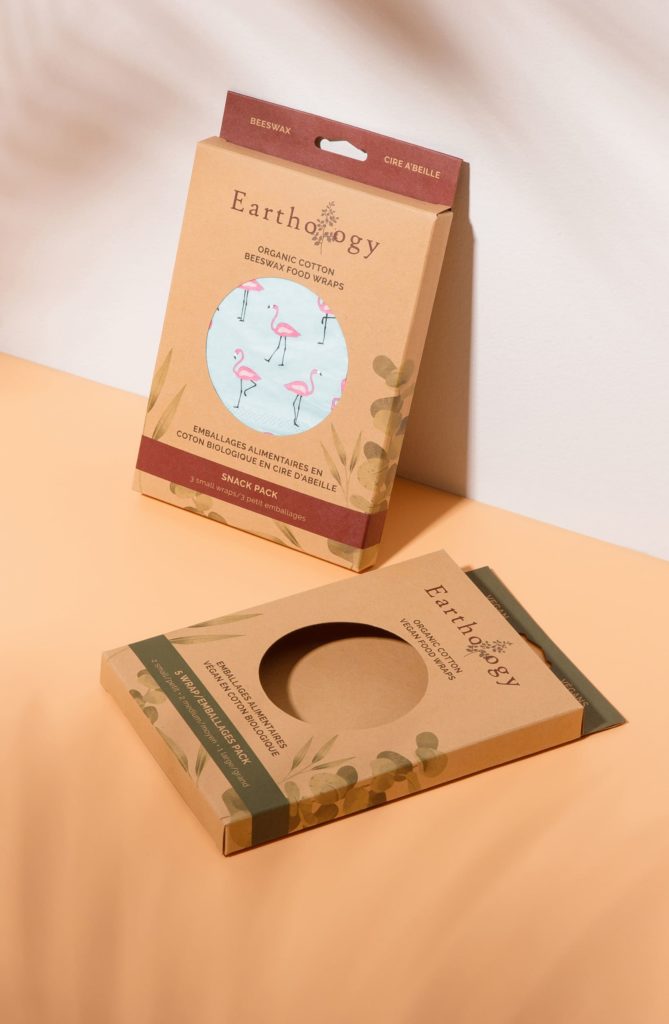
As an added bonus, reducing your overall packaging will also help reduce your shipping costs!
- Use recycled packaging materials. We’ve already discussed how recycling is one of the best things people can do for environmental sustainability, and companies should advocate this.
However, consider using recycled material in your packaging to take it a step further. Lead by example with an initiative and goal to reduce the use of virgin materials in your packaging and switch to recycled materials. Looking back at aluminum and how recycling saves 95 percent more energy than manufacturing, this applies to other materials too.
Recycling often requires fewer processes than manufacturing, making it more energy efficient and eco-friendly.
- Consider reusable packaging. Designing your package in a way that can be reused several times is another way to supplement sustainable packaging and reduce your environmental footprint.
Reusable packaging eliminates the need to recycle or manufacture, saving even more energy and making this option another excellent solution to aid an eco-friendly initiative. Again, sustainability and eco-friendliness don’t just start and end with one positive action like switching out traditional packaging with a sustainable packaging alternative.
To reiterate, people, companies and governments must understand that sweeping changes across all channels are required to make significant progress toward a more eco-friendly and sustainable future. Consider all factors, from gathering raw materials to its disposal. Look at where materials are sourced, and consider the land usage and habitats that might be affected. Ensure manufacturing processes are as streamlined as possible with reduced waste and energy consumption. Educate for better waste management infrastructure and lead by example. Adopt these practices and encourage others to do the same.
Sustainable packaging is only the beginning of a long-overdue overhaul of archaic and environmentally harmful methods and processes. Change doesn’t start on its own. It’s time for a paradigm shift.
